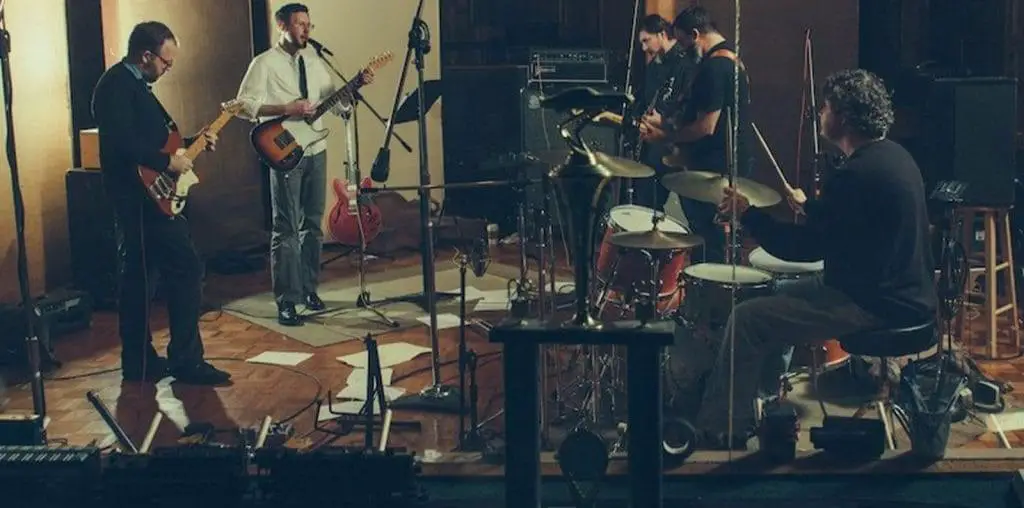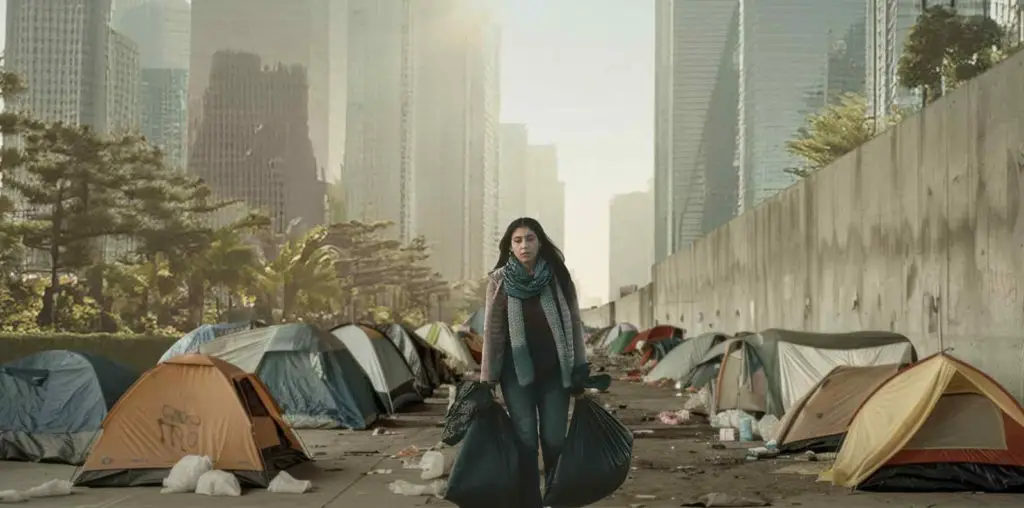
Jennifer Venditti’s debut feature documentary, a film entitled “Billy the Kid,” showcases the life of Billy, a young teenager in the midst of growing up who just so happens to not only possess a particularly unique personality, but also a strong view of his own world. Critically well-received, “Billy the Kid” picked up the Jury Prize for Documentary Feature at the 2007 SXSW Film Festival and continues to screen in festivals around the world. In the midst of the festival circuit, Jennifer took some time to talk to Film Threat’s Mark Bell about her documentary, Billy and intention vs. interpretations…
You were a casting director for a number of years, what made you decide to become a filmmaker / documentarian?
I never really decided to become a filmmaker. One of the things I do as a casting director is that I street scout and I’ve been filming the people I’ve been casting for years. It was a natural transition in that as much as it was inspiring to find these people and hire them to depict others’ visions in various projects, I knew there were stories behind their faces and I wanted to explore them. This film came to me in a very organic way.
When you go for something you believe in, something magical really happens, and people come, and start understanding, and it becomes this thing that was only inside of your head but becomes substantial for everyone else. You take something and make it last forever when it was just a moment of time in your life. For someone who hasn’t gone to film school or who hasn’t aspired to be a filmmaker my whole life, I found out it is still possible to make a true independent film. Now I’m hooked.
How did you first meet Billy?
I was casting Carter Smith’s short film “Bugcrush” (Sundance Winner ’06) in Maine. We had brought all the principal actors from New York and I was looking for extras at the local high school. Sitting in the cafeteria every day, I would look at all the cliques. I remembered it from being in high school, but having been out of school for so long it was such a shock to see that the same alienation still existed today! One day I sat down with a table of “bullies” and asked them if they ever changed it up a bit and invited different people to their table. They said that they had once, but from their stories I gathered that they teased and tortured the kid until he freaked out on them. I asked who it was. They pointed to a kid sitting by himself at a table and said, “Over there. His name’s Billy.”
Originally, my intention was not to make a feature length documentary but to include him in a short film. I planned on making a piece that was a collage of everyday heroes who I had street cast and Billy was just going to be one of many. I decided it could be a documentary when Billy fell in love for the first time as we were filming. After reviewing the footage after the day of shooting, I found it to be one of the most powerful examples of first time love on film and I thought there was potential to make it into an even bigger story. When I got into several days of filming and was experiencing Billy’s life through his eyes, I started reflecting on my own life and understanding things in a new way. Most clearly, I learned how sometimes we see things in our lives the way we want to, rather than how they really are in order to survive life’s hardships. As Billy says “sometimes the imaginative world is much better than the real world”. The idea that all of us do this in one way or another to protect ourselves really struck me.
Furthermore, we live in a time right now where news and documentaries tend to focus on sensationalism and the drama of an outcome rather than the process by which things occur. I saw Billy’s story as an opportunity for people to experience a journey rather than serve an idea on a platter. To me the process of filmmaking is powerful when one can initiate a dialogue with the viewer — you present something to the audience, and in exchange they take their own experiences and make their own conclusions from the film. As a result, they may be inspired to view the world and themselves differently.
What convinced Billy to allow you to film his life?
You will have to ask Billy that question. All I know is that I was clear with Billy and his family that my intentions were to let Billy’s voice be heard and that I felt it would speak to many other people. They were very clear about my respect for them from the beginning.
What format did you shoot the film in?
Mini DV with a Panasonic DVX 100 A. I had access to a free camera through my producer that was both easy to use and clearly cost efficient! It was a good size so as not to effect intimacy with the subjects, and didn’t make it too obvious that we were filming everywhere we went. This was also the DP’s first feature film, and it was great for him to have a camera that didn’t force him to concentrate too much on technical details, as this could have interfered with his instincts when capturing a scene. We joked around during the editing process that some of the footage looked like it was shot in slow shutter speed, but really, I don’t think my DP knew what slow shutter speed was! This was actually great for the filming, because the process could be completely natural.
Did the run-and-gun DV format cause any problems?
We lost a couple of tapes with major interviews on them—but we found them later!
Was there ever a fear that audiences would misinterpret the piece, perhaps laughing at Billy as opposed to laughing with? As a documentary filmmaker, can you even consider something a misinterpretation?
All I know for sure is that very intimate situations can make people uncomfortable. The interpretation is ultimately left up to the viewer based on the life they have lived and how they see the world. I think this is always a concern when you are dealing with a real person and my editors and I were always very conscious of that fine line. I will never be able to control how people respond to Billy. The only thing I can do is be clear with my intentions in making this film which are to give Billy a voice and allow the audience to see life through his eyes with great respect and compassion.
At the end of the day, what do you hope audiences take away from “Billy the Kid”?
“Billy the Kid” is an odyssey into the soul of an American teenager.
I want the audience to get to know a character for who he is rather than how he has been labeled. As much as I acknowledge the benefit of a diagnosis, that is not the story I am telling. I would like this film to be about celebrating our differences and realizing our similarities – how we all want the same things in life: acceptance, love and to be understood – and as a result have more compassion for each other and ourselves.
We live in a time right now where so many kids have or will be diagnosed with some sort of behavioral disorder. My hope is that people will not let that label be the definition of who they are. Our society is filled with people who have rage whether it is due to bullying, racial or sexual discrimination, domestic issues or just feeling misunderstood. So many times we only hear about this kind of “outsider” after their emotions have come to fruition in some tragic way. Although Billy has a keen insight to his feelings and a compassionate understanding of others, he still very much struggles with the demons from his past and present. His future is unknown but I hope that through his story we can start to increase our tolerance and compassion towards those who we believe are “different” from us. Hopefully that will enable us to confront and take responsibility for larger issues that stem from that divide.
Do you have any other projects coming up?
I have a box of unviewed footage from years of filming that will be the foundation for my future undecided, unknown project. That’s all I have for you—my giant box of tapes!
Photo Credits director Jennifer Venditti, Shane Sigler

